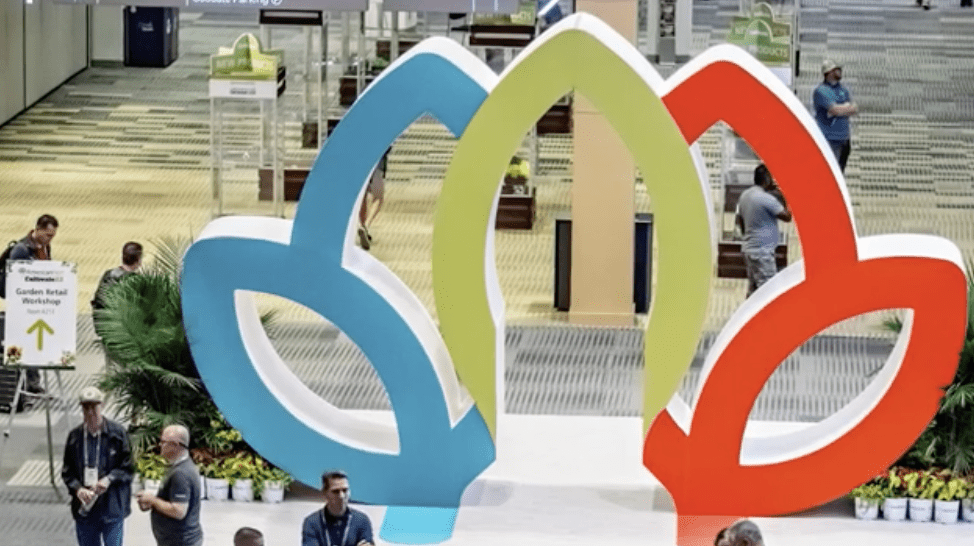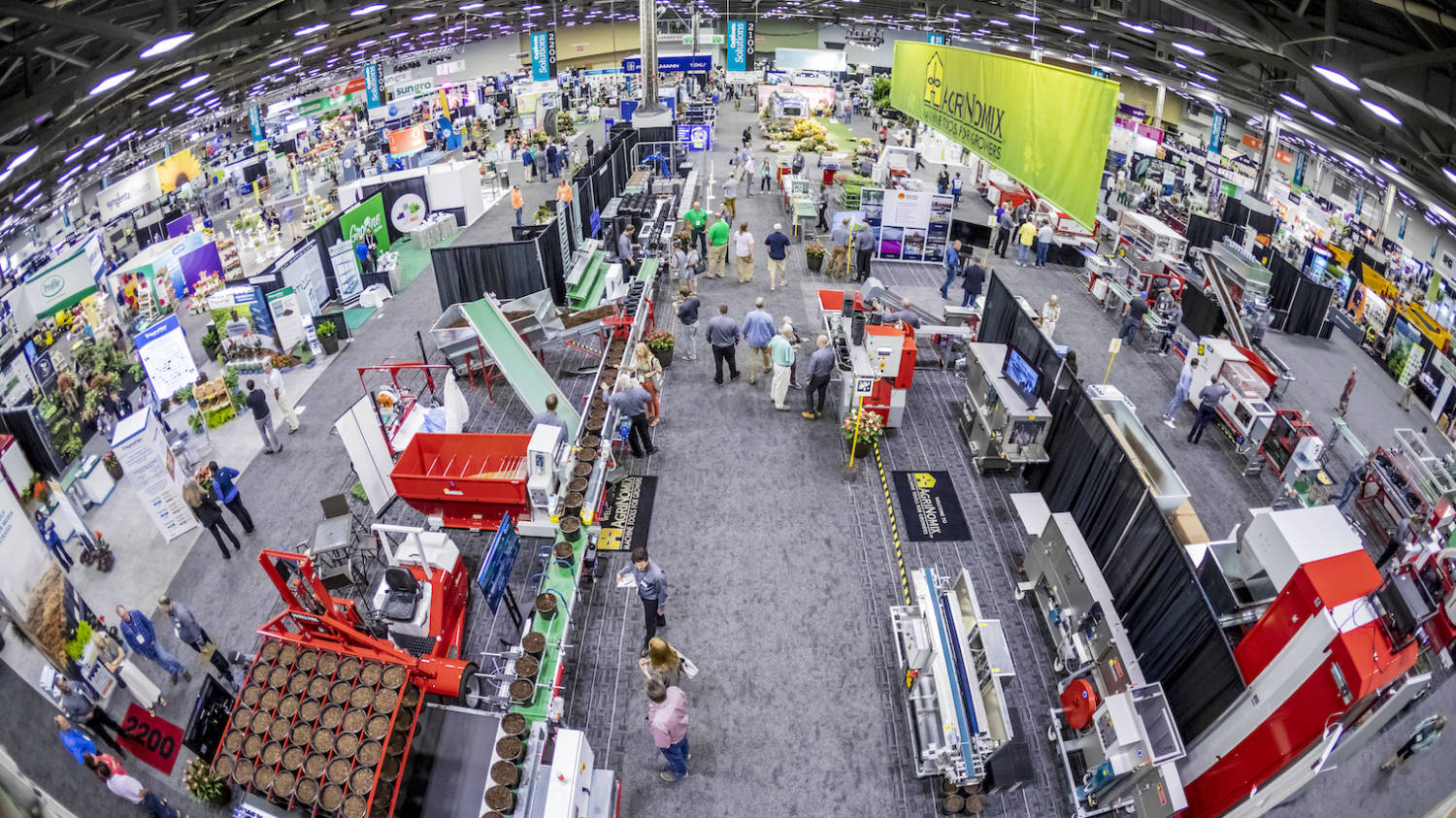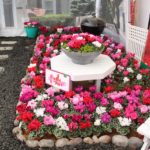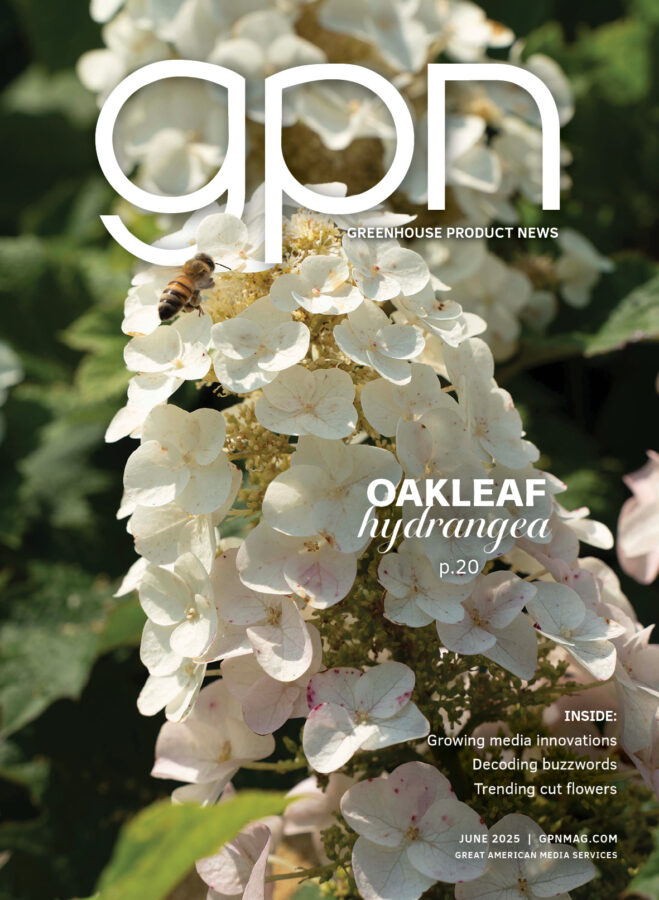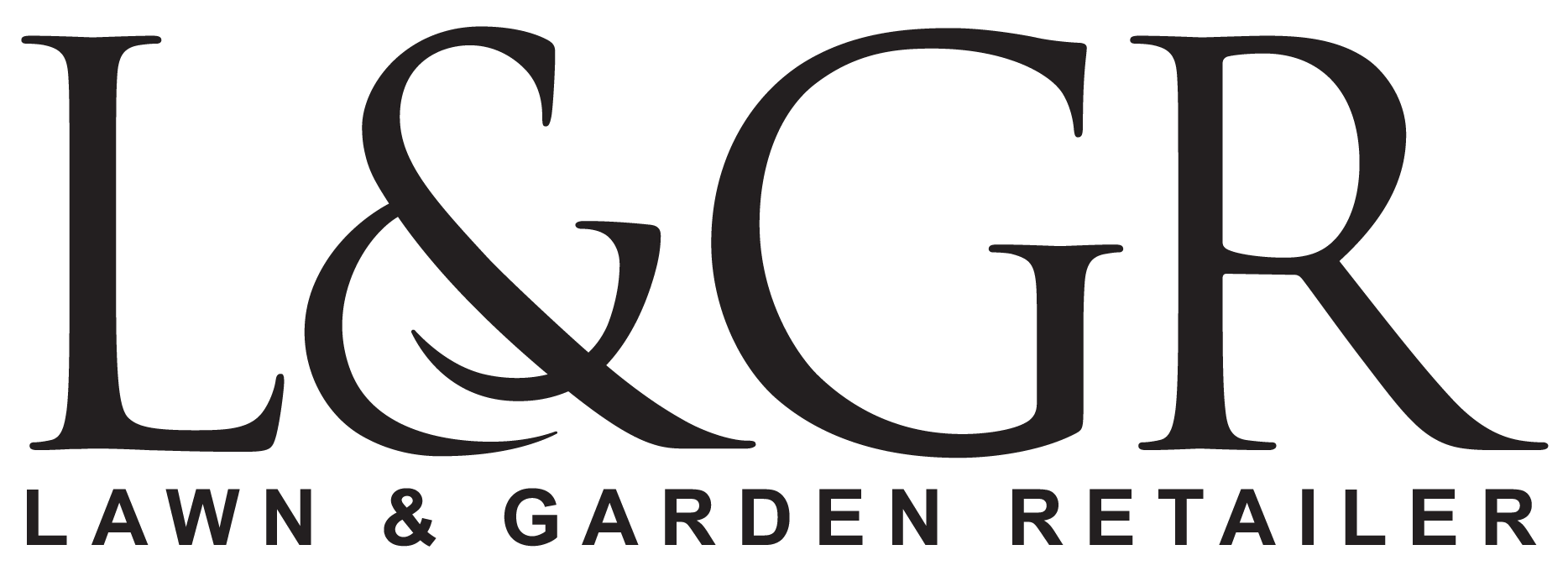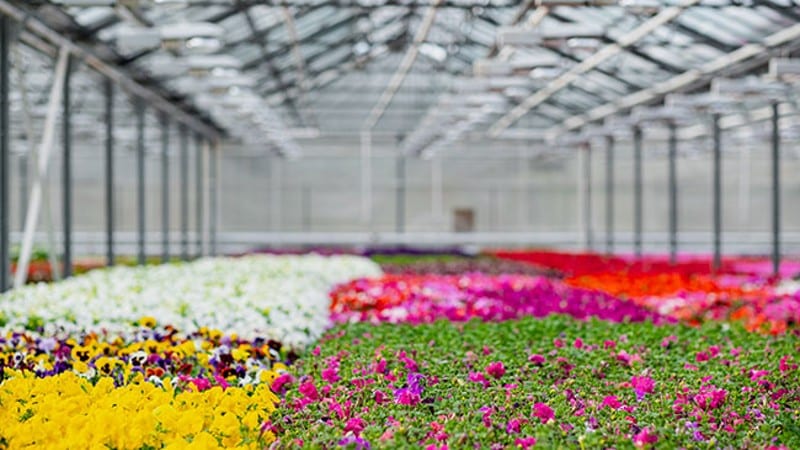
Forty Under 40 Perspectives: Maximizing Your Environmental Control
The time is always right to get the most out of your environmental control. In times of higher costs — labor, energy and more — you can sometimes find more savings by getting more from your current assets. These three tips outline how to identify opportunity areas.
1. KNOWLEDGE IS KEY
We estimate that around 5% of customer service calls don’t know of all the features available to them with their environmental control system. This means there are environmental control features they may not be using like lighting timers, dehumidification cycles or more automated vent control. Not using these features amounts to opportunities being missed. The Dunning–Kruger effect concluded individuals overestimate their ability when they lack the underlying knowledge base. This is true with control systems as well; when you don’t know what you don’t know it can result in under-utilization of resources, including personnel time, water, energy and more.
How do you remedy this? How do you learn to get the most out of your environmental control systems? You can do so in many ways: by reviewing the manuals; watching YouTube videos; asking about additional training; or calling the environmental control customer service. If you do not have an environmental control system yet, it’s wise to evaluate the systems you’re considering — not only on the features, but on their customer support and their information resources like manual and YouTube videos for when you are using the product and need to learn more.
2. REVISIT YOUR STANDARD OPERATING PROCEDURES
What do you do when your environmental control sounds an alarm? Who gets alerted? Do you have a checklist for what to check regarding the environment in your greenhouse? Do you know how often your controllers are set to manual operation modes? Putting the answers to these types of questions down in writing is crucial to the smooth management of environmental control.
Standard operating procedures should be evaluated periodically. Environmental controls often allow users to manually close and open vents, turn outputs off and on, etc. However, they are also programmed to automatically operate the equipment. Using automated controls saves labor hours on manual adjustments. Josh Smith from Kopke’s Greenhouse estimated they paid for the greenhouse environmental control system in one season based on manual labor savings alone.
Additionally, environmental control systems can often help increase your energy savings with automated control. If your system allows for additional sensor
add-ons, you may be able to more efficiently control your greenhouse. For example, a controller can automatically turn off supplemental lights if the system has access to light sensor information. Another example is that your controller can both save energy and add life to your vents by optimizing what percentage they open to in order to achieve your intended temperature. These are just a few ways that your environmental control system simplifies and streamlines your standard operating procedures.
3. USE YOUR DATA
Finally, if you have environmental control systems, you likely are accumulating data to go along with it. Even if you don’t have an environmental control system, you probably have notebooks to track your data. This data could include run times for outlets, the high and low temperatures for the previous day, alarms, and more.
One of the best things to do first is categorize the types of data you’re collecting. Some category examples are:
• Time (ex. historical, real time)
• Severity (low to urgent)
• Usage (ex. tracking/analytics, alert/alarm, run times, energy usage)
By categorizing the data, your growing team can then more easily act and use the data your environmental control system is presenting. Ideally, your control systems alarm at certain temperatures or offsets from your output activation points. For example, control systems can send alerts to your maintenance and head growers if your heaters aren’t turning on or keeping up. Availability of this data means people can then act and adjust the control accordingly (by going to the greenhouse or — even better — remotely from an app).
Still not sure if you’re getting the most out of your environmental controller? Call your environmental control provider to ask for an overview of features, potential upgrades or add-ons, data analytics, or collection and training opportunities.
For an enhanced reading experience, view this article in our digital edition by clicking here.
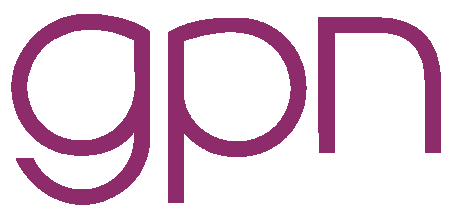







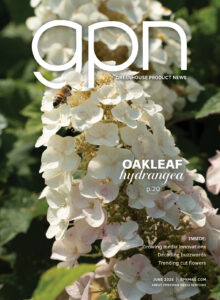
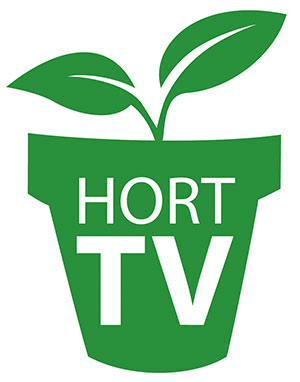 Video Library
Video Library 